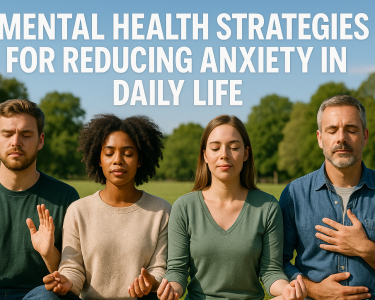Do you ever stop to think about the potential risks of using eye medications? Sure, they may help alleviate redness or irritation, but did you know that some of these seemingly harmless products can actually pose serious health hazards if not used correctly? In this blog post, we will explore the hidden dangers of eye medications and provide tips on how to use them safely. So grab a cup of coffee and get ready to open your eyes (pun intended!) to the truth behind those little bottles in your medicine cabinet.
What are eye medications?
There are a number of medications that are used to treat eye problems, such as redness and inflammation. However, many of these medications have hidden dangers that patients may not be aware of.
Here are six potential dangers of eye medications:
1. Eye damage. Many eye medications can cause permanent damage to the eyes if they are used incorrectly or overused. For example, some medications can cause blindness if they’re used in high doses or if they’re applied to the eyes for an extended period of time.
2. Glaucoma risk. Some eye medications can increase the risk of developing glaucoma, a serious condition that causes pressure inside the eyes. If you have glaucoma, be sure to talk to your doctor about which medication is best for you and how to use it safely.
3. Inability to drive or operate machinery. Certain eye medications can make it difficult for you to drive or operate machinery safely. If you take these medications, be sure to speak with your doctor about possible precautions that you should take while using them.
4. Skin problems linked with eye medication use. Some people who use certain eye medications experience skin problems such as rashes and itchiness. If you experience any of these side effects after taking an eye medication, be sure to speak with your doctor about what might be causing them and how to address them effectively.
5. Interference with other treatments for cancer or other diseases.
The different types of eye medications
There are many different types of eye medications, and each one can have its own set of risks. Some medications—like corticosteroids—can be harmful if used incorrectly, while others, like anti-inflammatory drugs, can be helpful but also have potential side effects. It’s important to understand the risks associated with each type of eye medication before using them, so you can make an informed decision about which treatment is best for you.
Some of the most common types of eye medications include:
Corticosteroids: Corticosteroids are used to treat a variety of conditions, including inflammation and allergies. They can be harmful if used incorrectly, however, and can lead to increased risk for cancer and other health problems.
Anti-inflammatories: Anti-inflammatories help relieve symptoms caused by inflammation, such as pain, fever, redness, and swelling. However, these drugs can also have side effects—including decreased vision.
Side effects of eye medications
Due to the vast number of medications available for the treatment of eye diseases, it can be difficult to determine which ones may have side effects. Some common side effects of eye medications include redness, blurred vision, and even risk of blindness. Because these side effects are often mild, many patients don’t report them to their doctors. However, if you experience any of these side effects while taking a medication for your eye disease, it is important to speak with your doctor. In some cases, a different medication may be more effective or less risky for your specific condition.
How to avoid the dangers of eye medications
There are many dangers associated with taking medications for eye conditions, and it is important to be aware of them if you are using them. Some of the dangers include:
1. Eye medication can cause redness and swelling in the eyes.
2. Eye medication can increase your risk of developing glaucoma.
3. Eye medication can also lead to cataracts or other eye problems.
4. Eye medication can even cause blindness if used improperly.
5. It is important to always follow the instructions that come with your eye medication, and to speak with your doctor if you have any questions or concerns about using it.
Conclusion
You’ve been taking your eye medications as prescribed for years, and now you’re noticing some redness and vision changes. Maybe you’re even wondering if the medications you’re taking are risky. In this article, we’ll explore the hidden dangers of eye medications, from redness to risk of serious side effects. We’ll also provide tips on how to safely take your medication and prevent any potential harm. So read on for everything you need to know about eye medications—from the basics to the more detailed information that could lead to problems down the road.




